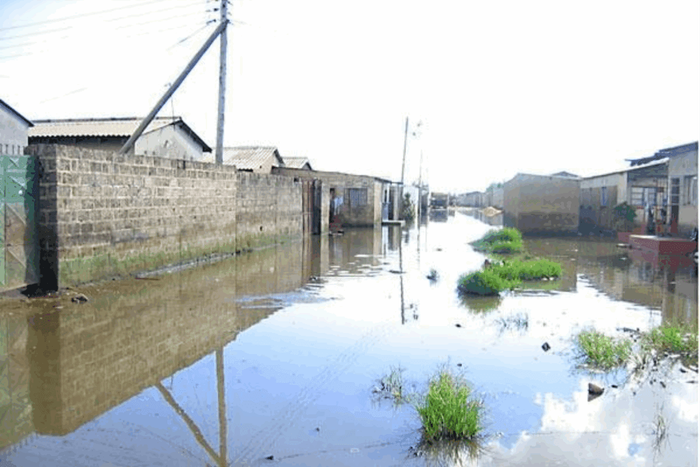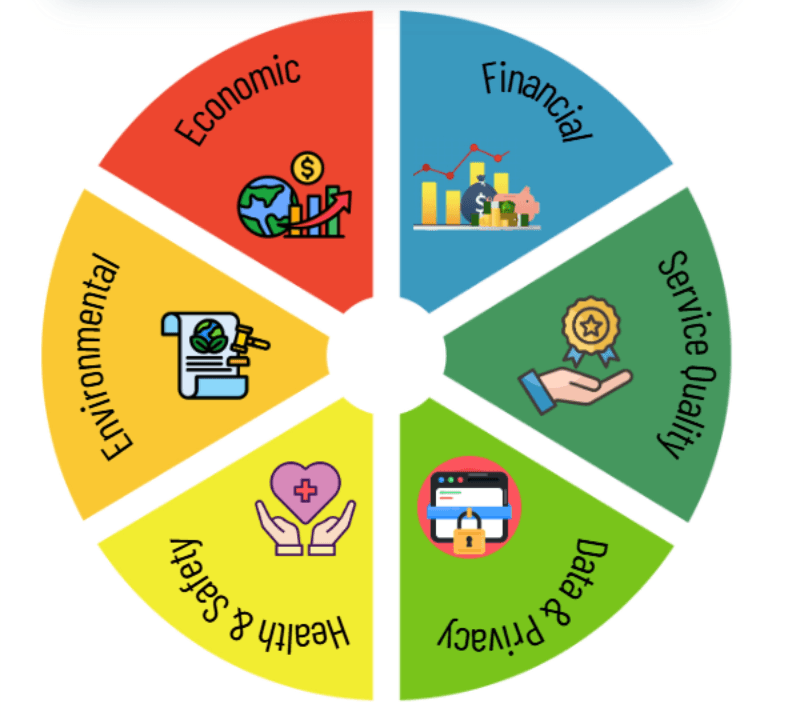Reflections about the role played by regulators in ensuring water safety

Published on Aug 12, 2025
Dennis Daniel Mwanza
Globally, the progress towards achieving Sustainable Development Goal 6 on ensuring sustainable water and sanitation access for all is lacking. Apparently, we need a sixfold increase in efforts for safe drinking water, a fivefold increase for sanitation, and a threefold increase for basic hygiene services (United Nations Children’s Fund (UNICEF) and World Health Organization (WHO) 2023).
In order to accelerate towards achievement of the SDG 6 targets, the UN system developed a framework which identified five accelerators (financing, data and information, capacity development, innovation, and governance)(UNICEF, WHO et al. 2022). Key to achieving these accelerators is having an appropriate policy, institutional and regulatory framework. Regulation contributes to all of them. Well-balanced regulation is an essential component of governance, as it helps to clarify the roles and responsibilities of different stakeholders; it allows for more predictable financing of the sector by highlighting the performance, strengths and weaknesses of the service providers; it contributes to data collection and availability of information about the sector (UNICEF, WHO et al. 2022).
This also means that a clear, effective, and well-enforced regulatory framework is essential for efficient urban water services, especially in guaranteeing water safety. With the current global challenges – climate change, ageing infrastructure, and population expansion – putting increasing pressure on water systems, the role of regulators becomes increasingly important.
What is regulation, and how does it apply specifically to the water and sanitation sector?
Regulation refers to “rules, standards, and laws set by governments or authorised institutions to oversee and guide operations within specific sectors. It exists to ensure accountability, protect consumers, and prevent harm while supporting fair, equitable, and safe service delivery”(Yogita, Saltiel et al. 2018). Regulation can be categorised into different sectors and purposes. Castalia (Castalia Strategic Advisors, 2005) classifies regulation under the following categories:
- Economic Regulation – Governs industries to promote competition, prevent monopolies, and ensure fair pricing.
- Environmental Regulation – Protects natural resources and public health by controlling pollution and encouraging sustainable practices.
- Service Quality Standards – Regulating water quality, sanitation infrastructure, and service reliability to protect public health.
- Financial Regulation – Oversees banking, investments, and financial transactions to ensure stability and prevent fraud.
- Health and Safety Regulation – Ensures workplace safety, food and drug standards, and overall public health.
- Data and Privacy Regulation – Oversees how personal and operational data are collected, used, and protected.

In the Urban Water, Sanitation and Hygiene (WASH) sector, economic regulation is particularly critical because water utilities are typically natural monopolies. However, economic regulation is not just about setting fair tariffs—it’s about ensuring customers receive value for money. According to Castalia Strategic Advisors (2005), an economic regulatory framework includes the institutions and rules that set, monitor, and enforce standards of service delivery as well as pricing (OECD 2015). These standards encompass all aspects of utility performance: drinking water quality, customer service, service coverage, energy use, technical and commercial losses (OECD 2015), and overall efficiency—typically measured through Key Performance Indicators (KPIs).
Regulatory Models and Principles
The implementation of regulation varies by country. In some countries, regulatory responsibilities are housed within ministries or government departments overseeing WASH. However, many countries have created autonomous regulatory agencies, either single-sector (focused solely on WASH) or multi-sector (covering electricity, gas, water, etc.).
Regardless of the institutional model, all regulatory frameworks should uphold the following core principles (Groom, Halpern et al. 2006):
- Predictability and credibility
- Legitimacy, transparency, and accountability
The Imperative for Water Safety
Drinking water safety is essential for public health and must be free from microbial and chemical contaminants (WHO 2022). Water utilities must ensure that water meets strict safety standards set by institutions like the World Health Organization (WHO), including limits for bacteria, viruses, parasites, heavy metals, and pesticides. Importantly, economic regulators are not expected to run laboratories or directly test water quality. Instead, they should rely on self-reporting by regulated utilities based on a representative number of water quality samples tested against national or WHO standards.
Case example: Zambia
Zambia recently faced a dual crisis: a severe drought in the 2023/24 rainy season, which resulted in unprecedented electricity load-shedding—limiting power availability to as little as 3 hours per day. At the same time, a deadly cholera outbreak affected over 23,300 people and resulted in the loss of 740 lives (NWASCO April 2025). While many of the cholera cases were not linked to Lusaka’s main utility—Lusaka Water and Sanitation Company, which is regulated by the National Water Supply and Sanitation Council (NWASCO), NWASCO was associated with the consumption of unsafe water from shallow hand-dug wells, particularly in low-income areas without piped connections. In response, NWASCO urged utilities to extend service coverage and support the closure of shallow wells. This demonstrates a critical example of how economic regulation can indirectly contribute to improving water safety through strategic interventions and oversight.

Figure 1: Flooded homes and hand-dug shallow wells in one of the low-income areas in Lusaka – Source (BBC World Service 2023).
Conclusion
Economic regulation in the urban water and sanitation sector can and should play a vital role in safeguarding public health through performance monitoring of service providers, including drinking water quality. While regulators may not directly test water, their frameworks require utilities to monitor and report on compliance, and water quality remains a core KPI for most regulators. As we strive toward achieving SDG 6, strong regulatory institutions, appropriate enforcement mechanisms, and consistent monitoring will be key to ensuring safe and equitable water access for all.
*Note: This blog article is part of a new blog series aligned with the International Water Association’s Safe Drinking Water in Developing Countries Programme and the Water Policy and Regulation Agenda. This new blog series aims to raise awareness, build connections across technical, regulatory, and governance communities, share proven and emerging solutions, and inspire multi-level action on one of the most urgent global public health challenges of our time. Articles that are part of this series will explore the significance of strong regulatory frameworks and enforcement mechanisms in safeguarding public health. If you would like to submit an article for this series, please contact Brenda Ampomah at brenda.ampomah@iwahq.org and Isabela Espindola at isabela.espindola@iwahq.org.
References
BBC World Service (2023). Report on floods in Lusaka, Zambia.
NWASCO (April 2025). Water Supply and Sanitation Sector Report 2024. Lusaka, Zambia.
OECD (2015). OECD Principles on water governance.
UNICEF, WHO, IDB and SIWI (2022). The WASHREG Approach – An overview. New York, UNICEF.
